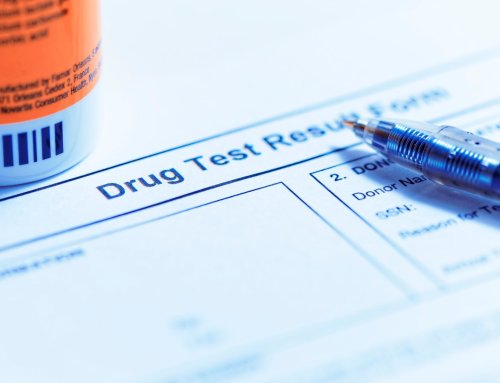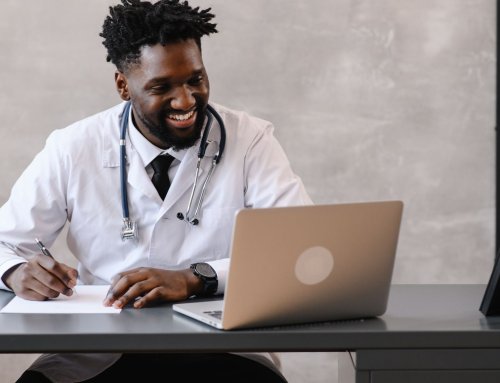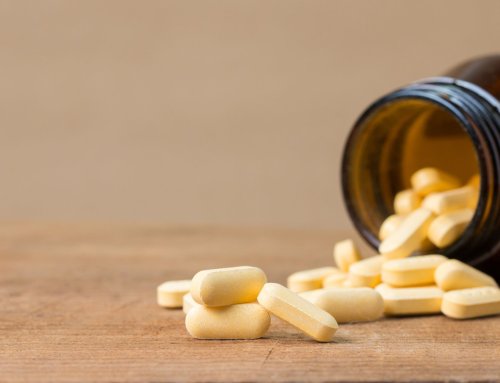What does fentanyl look like? Recognizing this dangerous drug can be lifesaving, especially as it becomes increasingly prevalent in counterfeit medications and street drugs. Fentanyl, a synthetic opioid, has been linked to countless addictions and fatalities nationwide. In this guide, we will explore the various forms of fentanyl, while equipping you with the knowledge to identify and avoid this harmful substance effectively.
What Is Fentanyl and Why Is It Dangerous?
Fentanyl is a synthetic opioid that is 50-100 times more potent than morphine. While it does have legitimate medical uses, such as pain management for advanced cancer patients, its extraordinary potency makes it a prime candidate for abuse. Moreover, illicitly manufactured fentanyl, often found in street drugs, is largely responsible for the rise in overdose deaths. The danger lies not only in its strength but also in its ability to be mixed with other substances, often without the user’s knowledge. Therefore, understanding what fentanyl looks like is a crucial step toward preventing accidental exposure.
What Does Fentanyl Look Like?
In its pure form, fentanyl typically appears as a white, off-white, or tan powder. However, it can also be pressed into pills designed to mimic prescription medications, such as Oxycodone or Xanax. Illicit manufacturers frequently create pills that are nearly identical in appearance to legitimate drugs, which makes them even harder to identify. As a result, recognizing these visual clues is essential to avoid potentially dangerous substances.
What Does a Fentanyl Pill Look Like?
Counterfeit fentanyl pills are often designed to look like prescription medications. For instance, blue pills stamped with “M30” are commonly made to resemble Oxycodone. Additionally, these pills can come in various colors, shapes, and sizes, depending on the production source. Because of the visual similarities between counterfeit pills and legitimate medications, it is vital to avoid taking any pills not prescribed by a licensed healthcare provider.
What Does Street Fentanyl Look Like?
Street fentanyl is available in a variety of forms, including powders, pills, and even blotter paper. The powder can be white, off-white, or tan and is often mixed with other substances to stretch supply or create new drugs. Meanwhile, pills are frequently pressed and may feature bright colors or specific markings that mimic prescription drugs. Additives can further alter the color, texture, and appearance of street fentanyl, making it even harder to identify.
How to Identify Fentanyl?
Fentanyl is extremely challenging to identify by sight alone. However, test strips are one of the most effective tools for detecting its presence. These strips are both affordable and easy to use, providing a simple way to test for fentanyl in drugs or other substances. As counterfeit drugs containing fentanyl become increasingly common, taking preventive measures such as testing substances is essential and can save lives.
Common Misconceptions About Fentanyl’s Appearance
It is important to note that not all white powders or blue pills contain fentanyl, and not all fentanyl-containing products look alike. In fact, illicit manufacturers are highly skilled at creating deceptive appearances, which makes it difficult to rely solely on visual identification. As a result, awareness campaigns emphasize that assuming a substance is safe based on its appearance alone is a dangerous mistake.
What to Do If You Suspect Fentanyl Exposure
If you suspect exposure to fentanyl, it is critical to act quickly. First, call emergency services immediately. Then, if available, administer naloxone (Narcan), which can reverse the effects of an overdose. It is also important to avoid handling suspected fentanyl, as even small amounts can be lethal. Ultimately, education and preparedness are key to preventing fatal outcomes.
Conclusion
Understanding what fentanyl looks like and the dangers associated with it can save lives. By recognizing its various forms and taking preventive measures, individuals can protect themselves and their loved ones. For more information, check out our detox options and take the first step toward recovery.









